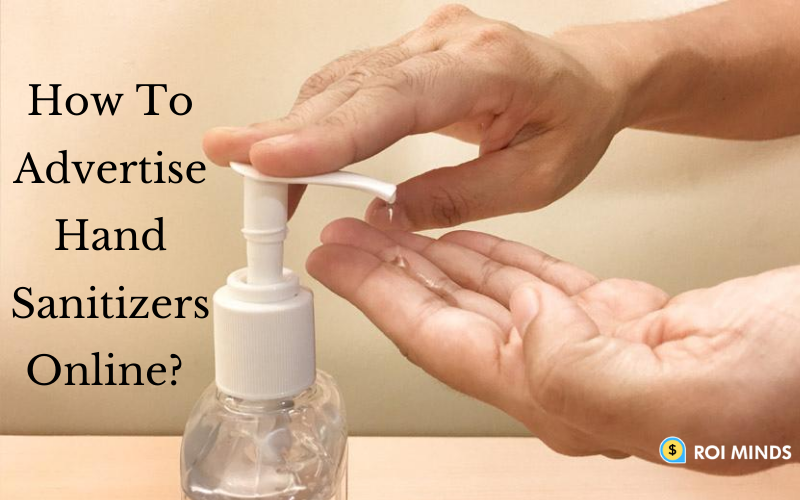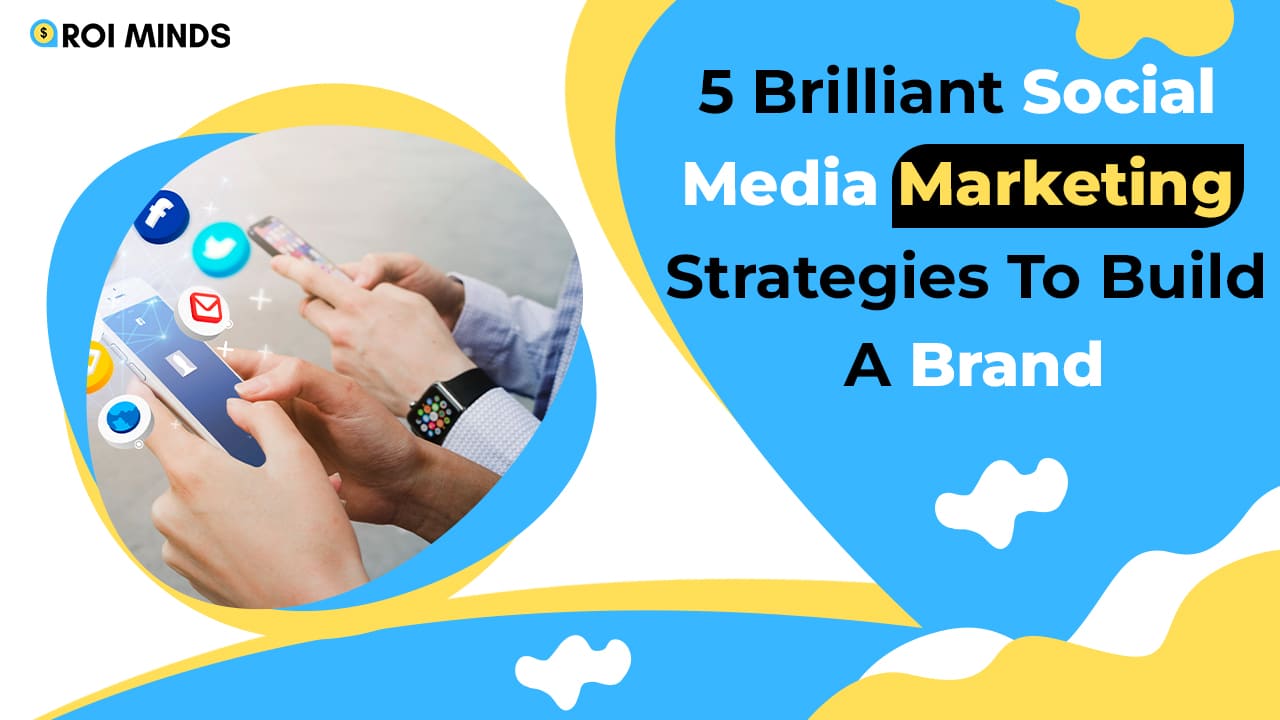Sanitizers are becoming the way to live healthy and disease-free lives. They are becoming essential parts of our lives. The sanitizers have taken a major part in the sanitation regime. Though there has been an increase in the resistance of viruses and the evolution of genetically unique bacteria that have no cure in medical sciences.
In these times of the COVID pandemic, people have realized the importance of public hygiene and on the go needs to stay disease-free. The importance of the fact of being germ-free and avoiding infection is the key factor that has driven the sales of hand sanitizers.
People thronged into the marketplaces when they realized this very fact. The stock of hand sanitizers was suddenly out. Hand sanitizers have found their place in every house and every office. People are coming up with innovative setups so that their use is encouraged
Boosting up sales of hand sanitizers need no promotional schemes anymore. Even then marketing your hand sanitizers on new-age platforms is a necessity.
Marketing your hand sanitizers is comparatively easier than before but choosing the right platform to target the right audience is the key to success. Unproductive leads will only waste efforts and money.

- Utilizing the potential of Facebook ads and understanding the policies
Facebook is the most popular platform nowadays. Have you missed out on the latest photographs of your school friends even a single day since you have joined Facebook?
No doubt, there would be no day when we have failed to grasp the knowledge about the latest trends. Facebook has made it easy for everyone to get on the line with the newest trends and latest feed.
It has also emerged as the most used platform for digital advertising only for this reason. Facebook ads top the priority lists when it comes to digital marketing. Products made locally are popularized through Facebook and they have succeeded to grasp a global visibility.
Facebook has taken a step back in this scenario by banning the hand sanitizers. The number of companies announcing false claims and taking on scare ads. This has also come in the wake of predatory behavior and high inflation rates related to the hand sanitizers.
The demand has no doubt surged many folds. But the right way is to keep pace with the time and control authenticity to make a mark in the industry.
- Influencers lead the audience today
Influencers on social media have taken up a lead role to put across certain ideas and lead the audience in a certain direction. They are doing the same thing as a brand campaign on television does, influencing a wide audience with an interactive ad.
Social media influencers today can have an effect on the audience. They use videos and short clips to describe a product and put across the most important information.
The ad is a combination of graphic elements combined to put across a message. Influencers can surely help you to drive the right leads to your website and ultimately down the sales funnel. This way it is easier to gain the trust of new customers and entice them to try your hand sanitizer.
Instagram stories are also a quick way to have an interactive ad campaign through an influencer. Let the influencer be the face for your hand sanitizer and bring in potential buyers.

- Taking benefits of SEO to drive in maximum people
The new-age tools are driving the whole industry crazy with their multiplication capacity of the sales leads. The google searches have been extensively high in terms of hand sanitizers and masks recently.
This is a great opportunity to create and generate new leads for your brand. Hand sanitizers can be well be given a public appearance with SEO and other effective tools.
People today are searching for and talking about health and hygiene. The hand sanitizers are the buzz word today. You can use the SEO tools to enhance the visibility of your website or Facebook posts on different websites that are mostly visited by people.
Advertising along with the health blogs or posting health-related blogs on your eCommerce platform and using the SEO tools can significantly help bring the customers to visit your website and know about your hand sanitizer product.
- Taking the new age route with Social media ads
Since the world of advertising and public acceptance relies largely on social media. therefore it is important that you take a step forward and devise more customer-oriented strategies. These shoppers that exist online can be influenced and guided to try your product.
Social media platforms including Twitter, Pinterest, Quora, Youtube, and many others have made it easy to reach out to potential buyers. Your hand sanitizers can be made available at any nook and corner of the target geographical area with social media ads.
Though google shopping has opted out the hand sanitizers from Google shopping catalog. But do not worry, you have multiple choices to go for.
- Skipping the line with Blackhat PPC
Google is one supervision tool apart from being a search engine. It has its eye on all the content and websites advertising content. Their policies and rules need to be adhered to for smooth online functioning.
Since Google has banned the advertisement of face masks and hand sanitizers, people are finding ways so that they can advertise without coming into Google’s view. Yes, it is possible.
Black hat is one such platform that can help to establish a Google merchant account but would trespass the radar. So you are able to achieve two goals with a single shot.
- Native ads
Taboola, redirect, outbrain, nativeads, triple lift are some of the native advertising platforms. These allow brands to get some space within their interface.
The advertisers reach out to the audience through these native apps who already have a strong foot among internet users. Many blogs and websites are using this way to add some extra bucks to their existing revenue.
This has been a really popular way today to advertise. The single most used platform today is Taboola. But due to its latest policy, local hand sanitizers have lost a chance of getting benefits from this platform. It has allowed only branded hand sanitizers to use its platform.
Dettol is one such brand that leveraged the benefits of native ads to reach out to the audience. They ran a mobile campaign in which they partnered with the mobile game company.

They used native ads and incorporation of their product in the mobile application. Such a brand advertising campaign helps create a brand image. The company aims to establish a positive outlook and entice customers to try out their products.
What things to keep in mind while advertising hand sanitizers?
With a maximum number of options available today for marketing online, it paves way for a brand new scenario for the strategic implementation of plans and reaps the required outcomes.
The only way to lead in the industry today lies in the perfect recipe for marketing and originality of ideas. The more you can appeal to the audience, the more you are visible on digital plantations, the more potential customers you grab.
With an increasing demand for hand sanitizer, you no longer need to advertise the need for the product but the effectiveness of your product. Your main focus should be around the high quality of your hand sanitizer.
You need to convince your customers that your premium materials have been used in the manufacture of the sanitizer. You can advertise on the lines of purity of your hand sanitizer.
You can also put forward the fact that your hand sanitizers have the least side effects. The effectiveness of the hand sanitizer is what is the demand of today’s customers.
Your ads should revolve around what benefit you offer and superiority over other available alternate hand sanitizers.

Conclusion
Going online for an advertising campaign for your hand sanitizer is a very good option. Take full advantage of the benefits the digital platforms offer. The only thing to keep in mind is the policies the various platforms have in place.
A conscious knowledge of the rules and regulations prevailing can help in building an ad campaign that works smoothly and gets you the right buyers.

A strategy that targets people based in a particular geographical area, belonging to a particular age group, or people with like habits can be easily brought into the sales funnel by targeted digital advertising.
Facebook, Taboola, Instagram, Youtube are ruling the marketplace for digital advertising. Get going for a strategic ad campaign and make your hand sanitizers reach the global level.





